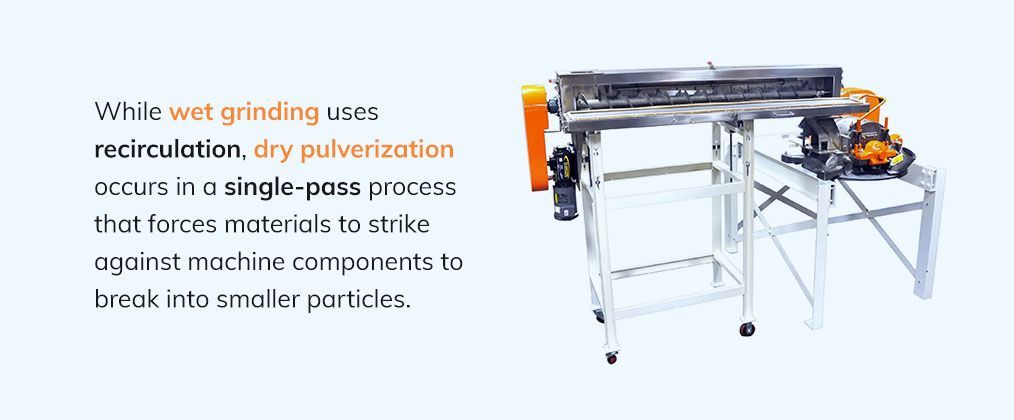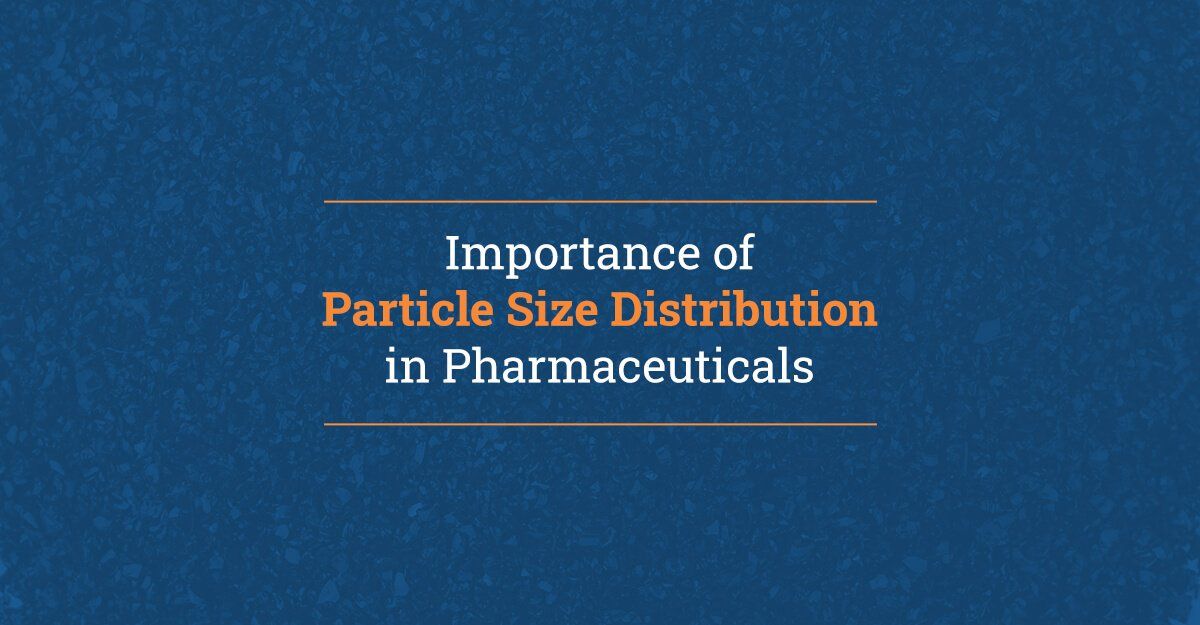Ensure Workplace Safety: Hammer Mill Operation & Maintenance

Hammer mills appear in various industries, from food processing and powder coating to plastics and fertilizers. These heavy machines are used to manufacture and process a range of bulk solid products, including foods, animal feed, ethanol and oilseeds. Regardless of the application, performance will depend on the proper operation of the mill.
Milling machines require safety measures to protect operators from injury. In this article, we will discuss the importance of hammer mill safety, potential hazards and milling machine precautions you can take when handling this crucial equipment.
Hazards of Hammer Mills
Hammer mills are powerful machines that pose safety risks when mishandled. Hazards of this heavy machinery include:
- Dust generation: Hammer mills produce dust, which becomes flammable when airborne. Any time grain or other feed, meals or flours are handled or moved, these fine dust particles are at risk of igniting and exploding.
- Flying debris: The high-speed rotating hammers within the hammermill can generate large amounts of debris. These can be propelled from the machine, posing a risk to operators and bystanders.
- Noise: Hammer mills produce loud and continuous noise levels when operated. Prolonged exposure to this noise can cause hearing damage without proper protection.
- Electrical hazards: Hammer mills can pose electrical hazards without proper operation and maintenance. These machines are typically electric-powered, making it crucial to care for the equipment properly to prevent injury and fire hazards.
- Pinching or crushing injuries: The moving parts of a hammer mill, including the rotor and hammers, can cause pinching or crushing injuries when mishandled.
To prevent these hazards, it is crucial that operators follow safety protocols, undergo training, use personal protective equipment and know how to inspect and maintain the equipment according to manufacturer guidelines.
The Importance of Hammer Mill Safety
Milling machine safety is essential for the following reasons:
- Protect personnel: Hammer mills contain powerful moving parts that can lead to accidents. Implementing safety measures can help you protect personnel and bystanders and reduce the risk of injuries when operating this heavy equipment.
- Reduce liabilities: Accidents and injuries caused by inadequate safety measures can result in legal consequences, lawsuits and financial liabilities. Protecting your personnel can reduce the risk of legal liabilities and associated costs.
- Maintain compliance: Many safety organizations set guidelines to use machines safely. Adhering to these standards ensures legal compliance to help you avoid penalties.
- Protect equipment and property: Hammer mills are valuable machines. Accidents and damage can cause downtime, loss of productivity and financial losses. Enacting milling machine precautions helps reduce these risks and ensures the functionality of the equipment.
7 Hammer Mill Safety Measures
Implement the following measures to ensure hammer mill safety:
1. Proper Training
All operators and maintenance personnel should receive training on hammer mill operation before using it. Training teaches all operators how to use the equipment properly, providing instruction on potential hazards, emergency procedures and how to use personal protective equipment (PPE).
All operators should understand how the equipment works and how to maintain it. It is crucial to have training on the fire triangle and explosion pentagon to reduce the risk of accidents or injuries. The fire triangle represents the combustion process, while the explosion pentagon includes the additional factors that could cause a potential dust explosion.

2. Personal Protective Equipment
Operators should always wear PPE, including eye, hand, foot, body and other protective gear as needed. This includes wearing PPE when repairing or servicing the machine. Examples of PPE include:
- Safety glasses
- Face shields
- Gloves
- Hearing protection
- Steel-toed boots
- Hard hats
- High-visibility clothing
In addition to wearing PPE, the above items should be regularly inspected to ensure they are in good condition and work properly to protect personnel.
3. Dust Collection
Hammer mills can produce large amounts of dust, as do other components of material handling systems, like bucket elevators. The National Fire Protection Association (NFPA) and the Occupational Safety and Health Administration (OSHA) standards require control of this dust, ensuring it cannot build up on surfaces or become airborne. With a proper dust collection system, you can prevent dust-related risks associated with dust, including explosions and injuries.
Many agricultural processes use a central baghouse with capture hoods in dust-generating areas. This technique can be effective if one central system can handle all capture points. You can also use spot filters in a large facility located at many capture points. Most facilities use a combination of the two dust collection types to prevent risks more effectively.
4. Safety Guards and Interlocks
All facilities should install the appropriate safety guards and interlocks to prevent personnel from accessing moving parts while operating the machine. That way, you prevent accidental contact with the rotating parts and reduce the risk of injuries.
Further, develop and implement an effective lockout procedure to ensure the hammer mill is no longer operating and isolated from its power source before servicing or cleaning the equipment. This prevents accidental startup, protecting personnel from electrical hazards.
5. Fire and Explosion Prevention
Take precautions to prevent fires and explosions. This can include implementing ventilation systems, controlling sparks and ensuring all electrical equipment is properly grounded. Adequate ventilation ensures that dust particles can disperse properly, while spark detection systems can quickly identify any sparks to suppress fires, such as water sprays.
Additionally, prohibit open flames in the hammer mill area, including welding, smoking or other open flame devices. Prevent dust build-up in the grinding chamber, which will prevent heat from creating a source of ignition.
6. Emergency Response Plan
Develop an emergency response plan to address fires, explosions, accidents and other emergencies. The plan can include communication protocols, evacuation procedures and how to distinguish fires. You can also outline procedures for dealing with accidents and injuries. Regularly review your emergency response plan with all personnel.
7. Regular Inspection and Maintenance
One of the most crucial steps to ensure safety during hammer milling is regular inspection and maintenance. Professionals can perform these tasks with expertise and experience, protecting personnel and property from harm. Experts will inspect your material handling equipment to ensure bearings are not running hot, there are no unusual sounds occurring and nothing is blocking the inlet.
During routine maintenance, professionals can replace hammer mill parts that wear down over time, including screens and hammers. This can prevent downtime and lower energy efficiency — saving you time and money in the long run. They can also make essential repairs, ensuring the machine is in good working condition to avoid malfunctions, accidents and injuries.
Trust Pulva for Your Hammer Mill Service Needs
Hammer mills are heavy-duty machinery crucial for size-reduction processes in many industries. As a result, they must be operated safely and serviced regularly to reduce the risk of injuries and ensure optimal performance. Pulva's equipment experts can help by providing expert industry knowledge, equipment solutions and services for numerous operations.
With over 80 years of experience delivering quality services to our clients, we can help you with everything from milling machine safety equipment to replacement components. Request a quote from us today to get started.











